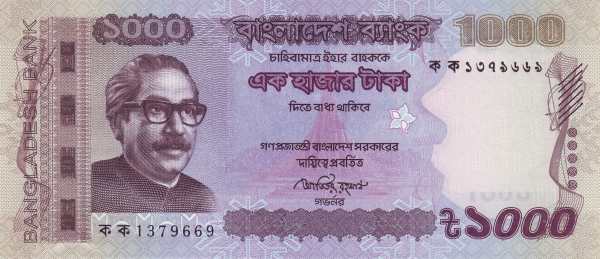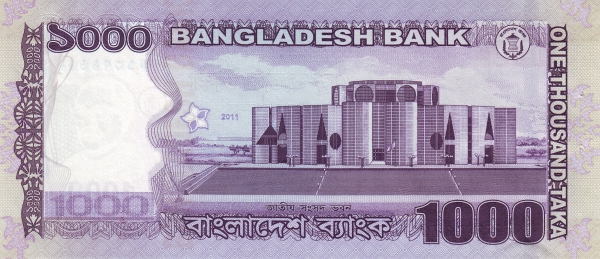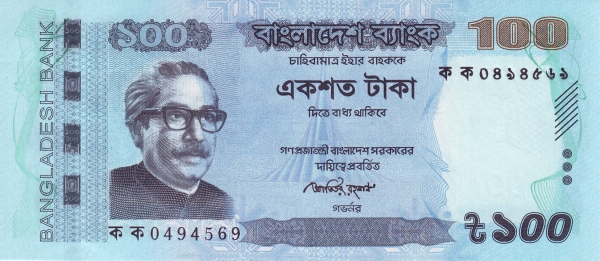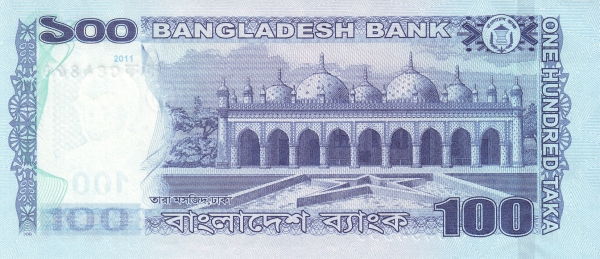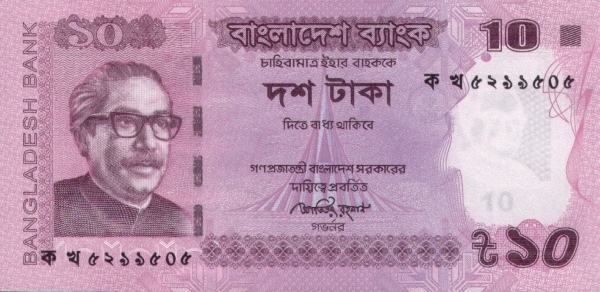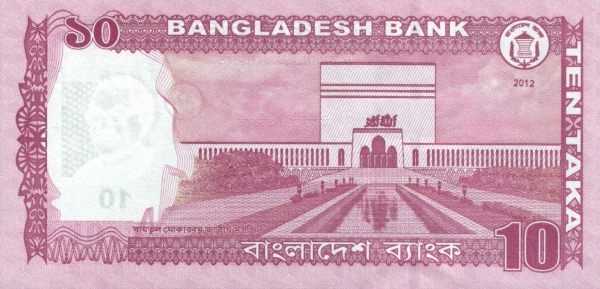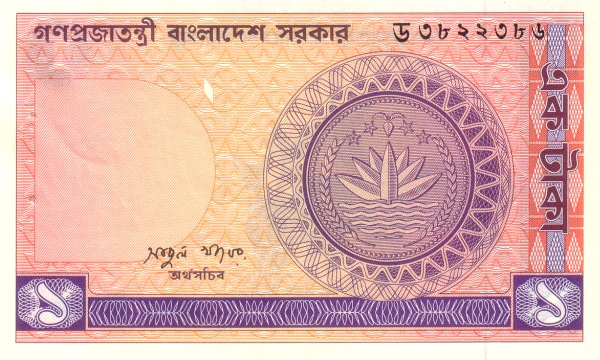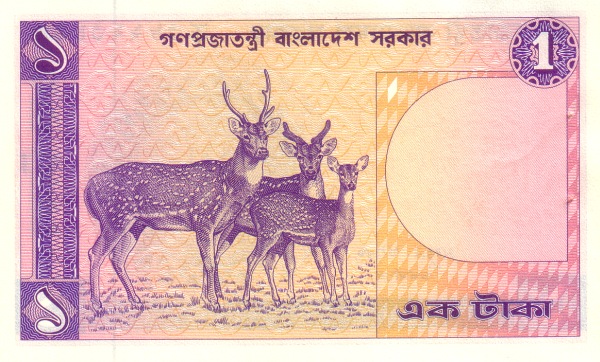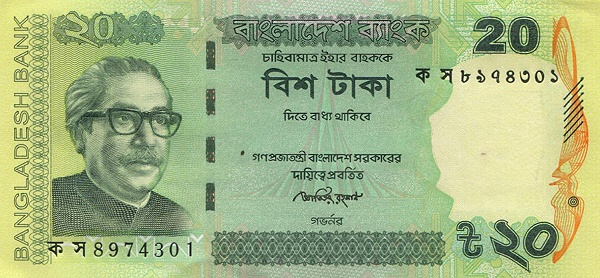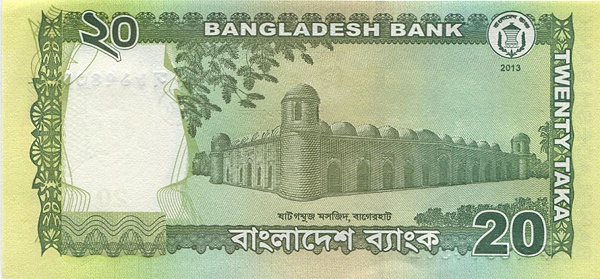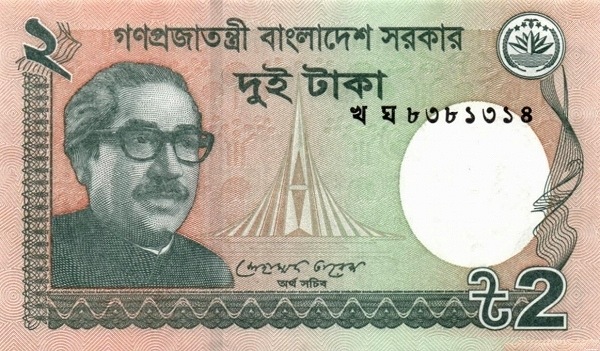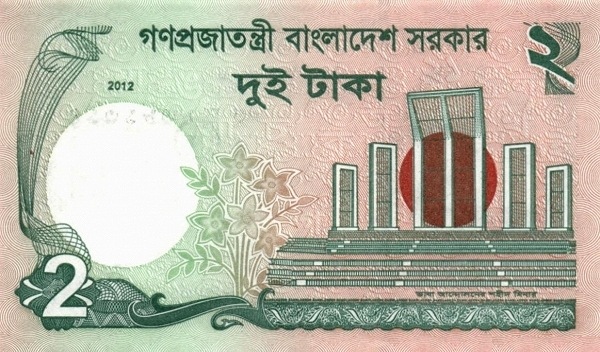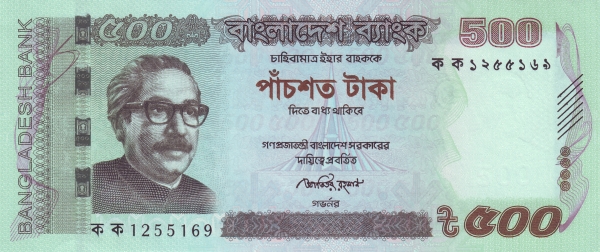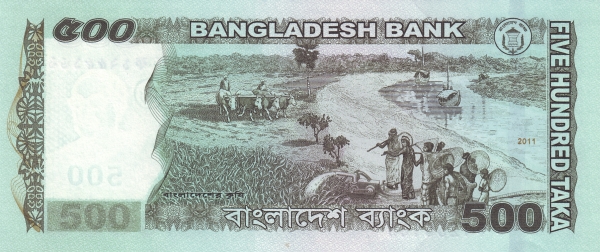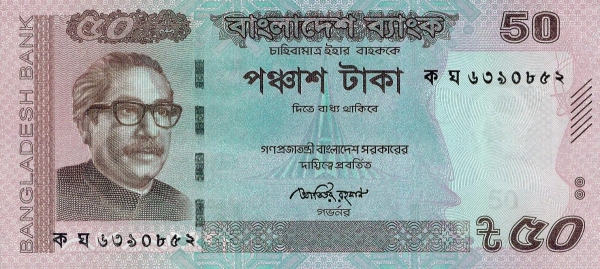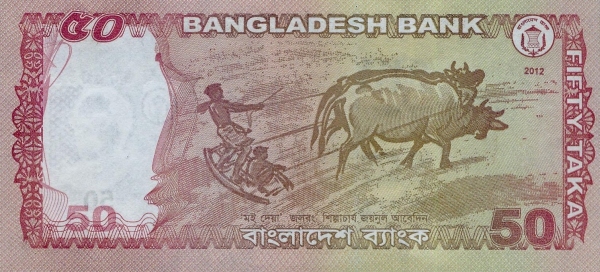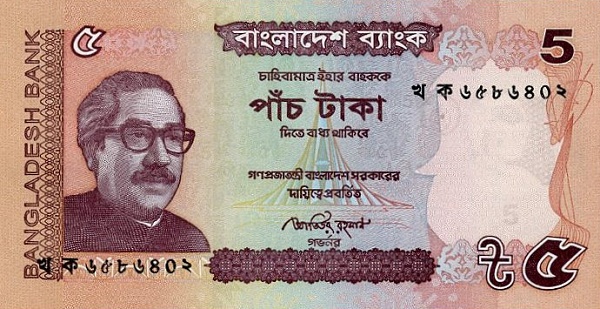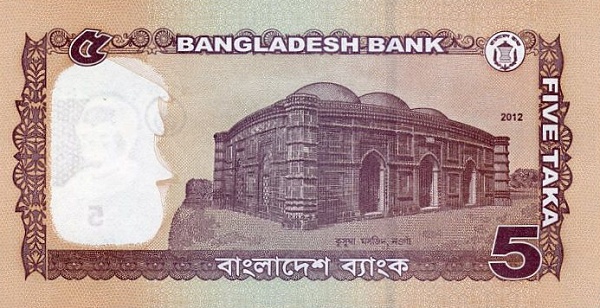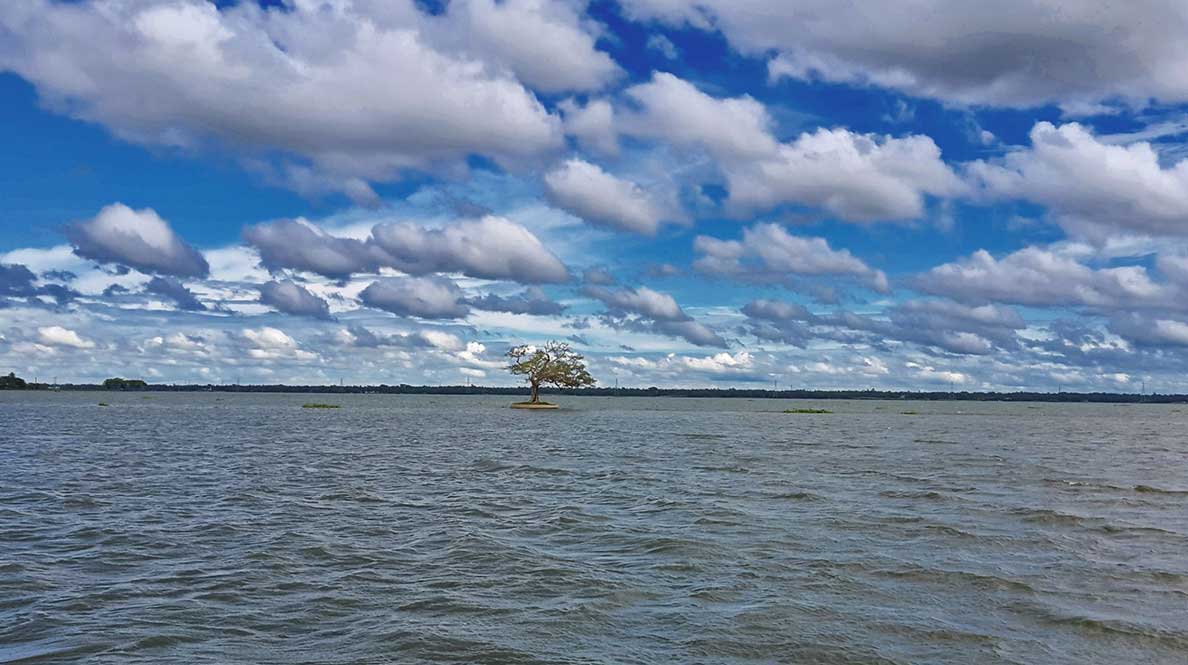Welcome to Bangladesh
Bangladesh, officially recognized as the People's Republic of Bangladesh, is a vibrant and culturally rich country located in southern Asia. The nation sprouted into existence in 1971 when Bengali East Pakistan successfully separated from the union with West Pakistan. This remarkable change occurred as a result of a pro-democracy movement fueled by Bengali nationalism and the desire for self-determination. Today, Bangladesh boasts a rich tapestry of history and culture, situated in the lush, fertile plains of the Ganges (Padma) River delta, and graciously bordered by the Bay of Bengal.
Geography and Demographics
This beautiful country shares its borders with several Indian states to the west, north, and east. Additionally, a short border lies with Myanmar (Burma) in the southeast. Covering an area of 143,998 km², Bangladesh is slightly larger than Greece, which spans 131,957 km². In comparison to the United States, it is a bit smaller than the state of Iowa. The capital and largest city, Dhaka, serves as the bustling heart of the nation.
Bangladesh stands out as one of the most densely populated countries globally, home to approximately 169 million people as of 2024. The official language is Bangla, spoken by around 98% of the population. The religious landscape is predominantly Sunni Muslim, comprising about 90% of the population, with Hindus making up around 8%. This diversity enriches the national identity and reflects a complex tapestry of beliefs and traditions.
Historical Context of Bangladesh
The boundaries defining modern Bangladesh emerged during the partition of Bengal in August 1947. This event marked the separation of British India along religious, linguistic, and cultural lines. As a result, the western region transformed into West Bengal, now an Indian state, while the eastern side became East Pakistan within the newly formed Dominion of Pakistan.
In this context, the pro-democracy movement in East Pakistan gained momentum. Driven by strong ideals of Bengali nationalism, the push for independence led to the Liberation War. Ultimately, this struggle culminated in 1971, establishing Bangladesh as a sovereign and independent nation. The journey toward independence is a focal point in the nation's modern history.
Political Landscape in Bangladesh
Bangladesh functions as a parliamentary representative democratic republic featuring a multi-party system. The legislative power rests in both the government and the parliament, known as Jatiyo Sangsad. The President serves as the head of state. In contrast, the Prime Minister plays the pivotal role of head of government. Although Bangladesh operates under a republic structure, it has a non-executive president, meaning that the executive powers are exercised by the government rather than the president.
Bangladesh's Cultural Heritage
When exploring Bangladesh, one cannot overlook its rich cultural heritage. The country boasts a long-standing tradition of art, music, and literature that thrives within its borders. For instance, the region is known for its exquisite traditional handicrafts, including weaving, pottery, and intricate embroidery that showcase local craftsmanship. Moreover, the vibrant festivals such as Pohela Boishakh (Bengali New Year) and Durga Puja celebrate the diverse cultural fabric of the nation and bring communities together in joy and unity.
The Economic Landscape of Bangladesh
Economically, Bangladesh has shown remarkable progress over the years, transitioning from an agrarian economy to a growing industrial power. The garment industry, in particular, plays a fundamental role in driving economic growth, positioning Bangladesh as one of the largest garment exporting nations in the world. Additionally, remittances from the Bangladeshi diaspora further contribute to the national economy, supporting families and communities back home.
Tourism in Bangladesh
Tourism in Bangladesh presents an array of offerings for explorers seeking unique experiences. From the serene beauty of the Sundarbans, the largest mangrove forest home to the Royal Bengal Tiger, to the historical riches of ancient capitals like Paharpur and Mahasthangarh, there is so much to explore. Furthermore, the captivating landscapes of the Chittagong Hill Tracts invite travelers to immerse themselves in nature, making Bangladesh an increasingly popular destination for eco-tourism and adventure seekers alike.
Natural Wonders of Bangladesh
In terms of natural beauty, Bangladesh is truly blessed. Rivers snake through the countryside, creating lush green landscapes and fertile farmland. The monsoon season brings dramatic changes, transforming the environment and supporting agriculture, which is vital for the economy. Such geographic features not only provide sustenance but also underpin cultural practices and social life in rural areas.
Education System in Bangladesh
The education system in Bangladesh has evolved over the years, aiming to improve access and quality. Schools and universities have sprung up across the nation, emphasizing the importance of education for future generations. There is a notable effort to promote literacy, with various governmental and non-governmental initiatives in place to ensure that children receive an education that empowers them.
The Future of Bangladesh
Looking ahead, Bangladesh stands on the threshold of significant transformation. With a young and dynamic population, the potential for innovation and growth is immense. As the nation enhances its infrastructure, embraces technology, and continues to develop its industries, Bangladesh looks set to carve out a prominent place on the global stage. The commitment to sustainable development and economic progress bodes well for the future of this captivating country.
Conclusion
In summary, Bangladesh is more than just a nation; it is a vibrant tapestry of history, culture, and aspirations. From its tumultuous past emerges a resilient spirit, shaping its identity as a thriving democracy. As you explore Bangladesh, discover not only its breathtaking landscapes and rich cultural heritage but also the warmth and hospitality of its people. This unique country continues to make strides on the global stage, promising an exciting future as it evolves and grows.
Largest cities of: Bangladesh
| City Name | Population | Year of foundation | |
| Dhaka | 8,906,039 | 1608 | |
| Khulna | 6,633,423 | 1779 | |
| Sylhet | 5,020,000 | 1300 | |
| Chittagong | 4,980,000 | circa 327 B | |
| Narayanganj | 4,750,000 | 1765 | |
| Rajshahi | 3,600,000 | 1762 | |
| Barisal | 3,450,000 | 1765 | |
| Comilla | 3,370,000 | 1765 |
Bangladesh: Money
